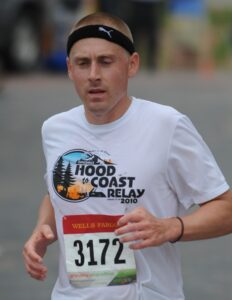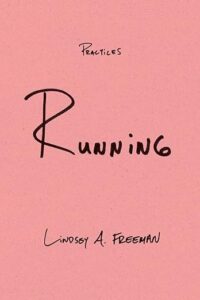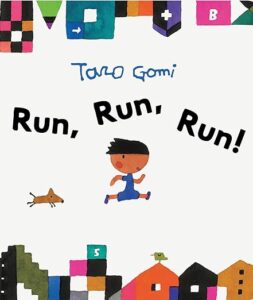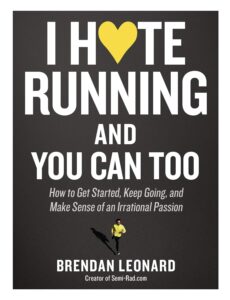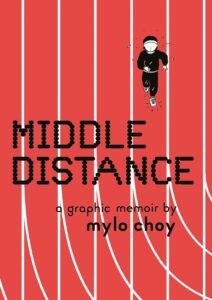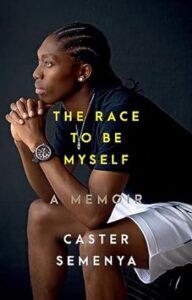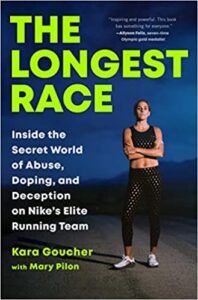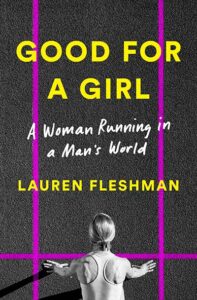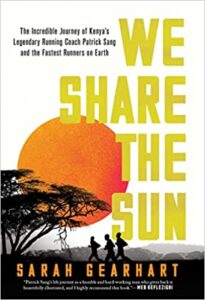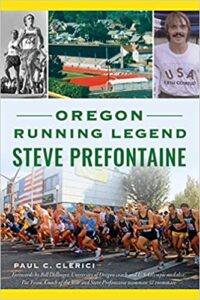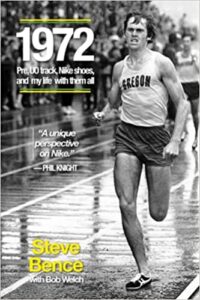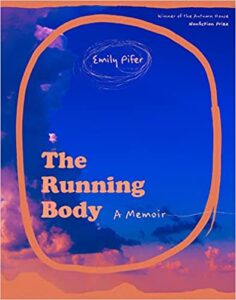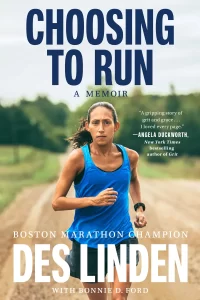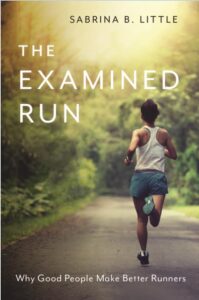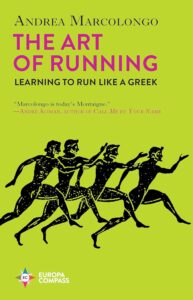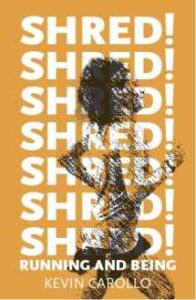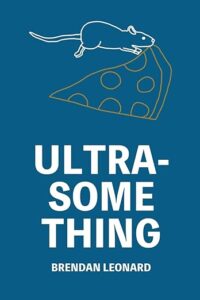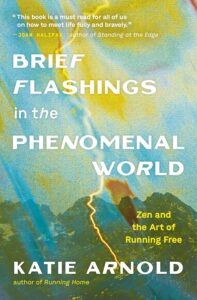OF A MORAL LEGACY
https://sportliterate.org/wp-content/themes/osmosis/images/empty/thumbnail.jpg 150 150 bjj-sportliterate bjj-sportliterate https://secure.gravatar.com/avatar/592f60292ffae558017e7047d039bebe88be7eca3a999965f3a7f0501ad82d49?s=96&d=mm&r=gOF A MORAL LEGACY
A Review of Kara Goucher’s The Longest Race
By the time Kara Goucher’s memoir landed on my front porch, the big news had already broken. In The Longest Race, Goucher describes being sexually assaulted by her former coach Alberto Salazar and reveals that it was her accusations that eventually led to Salazar’s lifetime ban from professional coaching. (After his doping suspension is served, he will be eligible to coach high school and college athletes).
If you’ve been following this story for the past several years, this revelation does not come as a total surprise. Goucher and her husband, Adam, also a former member of Salazar’s Oregon Nike Project (NOP), worked with the FBI and the USATF for years at great personal cost to protect the integrity of track and field (such as it is) from Salazar’s amoral and possibly immoral approach to biological tinkering. Their success came when the U.S. Anti-Doping Agency banned Salazar for four years (upheld on appeal) for possession of testosterone, tampering with the doping control process, and for complicity in the administration of a prohibited method. In the course of that investigation, Goucher mentioned two sexual assaults that Salazar committed against her. This accusation sparked an investigation from SafeSport, which eventually implemented Salazar’s lifetime ban (also upheld on appeal).
The Longest Race represents Goucher’s most comprehensive statement on the sagas that have ensnarled her life since she first became involved with Salazar and is a riveting read on those merits alone. But aside from the details of the two monumental scandals, The Longest Race’s success stems equally from its depiction of the human being at the center of them. The self-portrait of Goucher at NOP is of a woman beset by self-doubt and dependence in the face of the powerful, charismatic, and domineering Salazar. One lowpoint is illustrative. Goucher, who as a young child lost her father to a car accident involving a drunk driver, is being driven through Portland’s notoriously twisty West Hills by a drunk Salazar and is too cowered by him and his role in her life to object, despite the profound inner torment her silence causes her. It is such emotional transparency that provides the book with so much feeling. And when Goucher does summon the courage to start speaking out against Salazar’s repeated transgressions, we know what a triumph it is for her.
Goucher finding her voice, despite the pressure and incentives not to, is the real story here. The book’s refrain consists of variations of “I was also fearful of speaking up”; “I worried about saying anything at all”; “Why didn’t I say anything?”; “I felt choked, deafened by my own silence”—a refrain that is ultimately replaced by “I realized, my power wasn’t in my legs. It was in my voice.” One way to understand this transformation is that Goucher was accustomed to subordinating herself to Salazar and might have gone on doing so indefinitely if it were a matter only of her own suffering but that she understood herself to have responsibilities to her sport and her community that compelled her to disrupt the status quo. Which is to say, claiming her voice was a byproduct of Goucher’s pursuit of the Good. Understood this way, Goucher’s heroism is as moral as it is personal—but either way it is heroism.
None of which even touches on the standard tribulations of life as an athlete in the strange world of professional running, all of which are present in Goucher’s story, including the capriciousness of career-sustaining sponsors, the unhealthy incentive structures that promote injury, the role of luck in a career, the prevalence of eating disorders, the joy-sucking pressure to succeed, the industry-standard hardships faced by mothers, and the egregious conduct of Nike, which violated USATF rules to unfairly advantage its athletes and then used its influence (it seems) to ensure that the cheating would not be penalized.
FIt’s a mess of a sport and one that not many elite athletes seem to get out of with their integrity intact. That Goucher has is testament to her judiciousness as well as her courage. She has been sober and circumspect, even kind, in her accusations when she might have been reckless and reactionary. Her example serves not only future runners but anyone who is reluctant to claim their own voice. Goucher may not have wanted to tell this story, but this is the story she has, this is the life she has lived. And it is this—Goucher’s complete self-acceptance, regrets and all—that most impresses me in The Longest Race. I come to this book a great admirer of Goucher and leave it the same. No one represents the sport better.
Scott F. Parker is the author of Run for Your Life: A Manifesto and The Joy of Running qua Running, among other books. His writing has appeared in Runner’s World, Running Times, Tin House, Philosophy Now, the Believer, and other publications. He teaches at Montana State University and is the nonfiction editor for Kelson Books.




